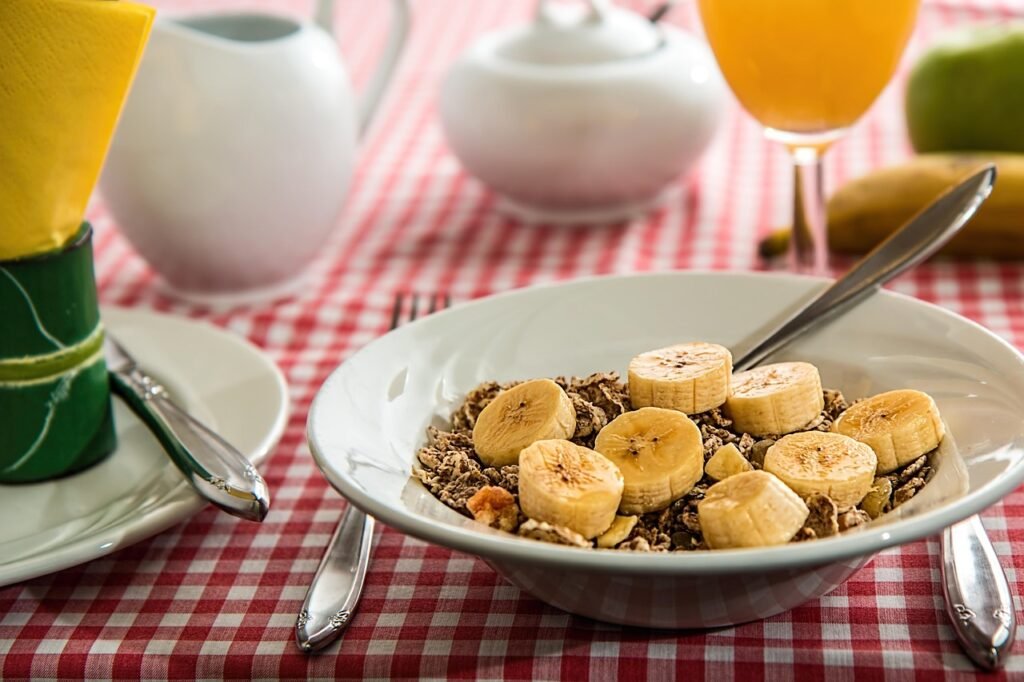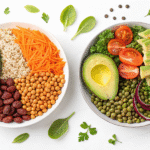Ever feel like your gut just isn’t on your side? You’re not alone — millions battle bloating, constipation, or sluggish digestion every day. What if the solution wasn’t in another pill or powder, but right on your plate? Enter: the highest dietary fiber foods — nature’s own gut repair squad.
Fiber isn’t just about regularity. It’s the ultimate digestive fixer, a prebiotic powerhouse, and an inflammation-fighting champion. Whether you’re seeking relief from IBS, aiming to improve bowel movements, or looking to rebalance your microbiome, the right fiber-rich foods can work wonders.
In this guide, we’ll go beyond the generic “eat more fiber” advice. You’ll discover which highest dietary fiber foods truly fix digestion naturally, how they work, and practical ways to include them in your everyday meals — backed by science and real-life experiences.
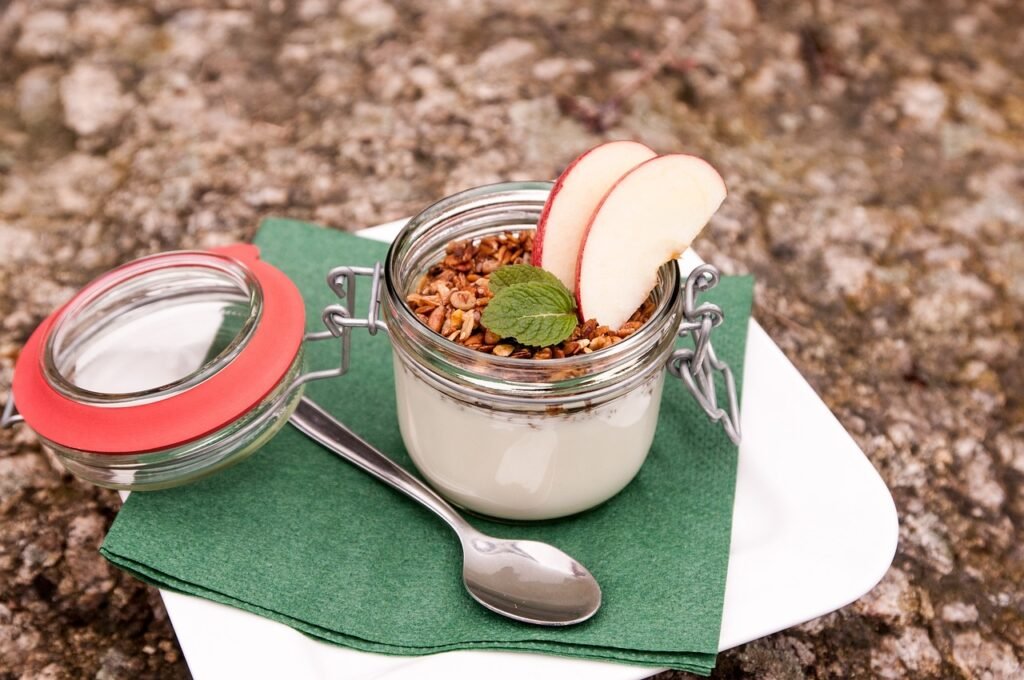
What Makes a Food “High in Fiber” — And Why It Matters for Digestion
Dietary fiber is the indigestible part of plant foods — but don’t let the word “indigestible” fool you. While your body can’t break it down like carbs or protein, your gut bacteria thrive on it. It fuels the good bacteria, supports motility, improves nutrient absorption, and helps eliminate waste smoothly.
There are two main types of fiber:
- Soluble fiber: dissolves in water, forms a gel-like substance, slows digestion, stabilizes blood sugar, and feeds gut bacteria (prebiotic). Found in oats, apples, flaxseeds, and legumes.
- Insoluble fiber: adds bulk to stool, speeds up movement through the intestines, and prevents constipation. Found in whole grains, leafy greens, and seeds.
That’s why the highest dietary fiber foods are often the most effective natural remedies for digestive health.
Top 10 Highest Dietary Fiber Foods That Naturally Fix Digestion
These aren’t just high in fiber — they’re digestion-repairing superstars. Let’s break them down with their fiber content, digestive benefits, and practical tips to eat them daily.
1. Chia Seeds
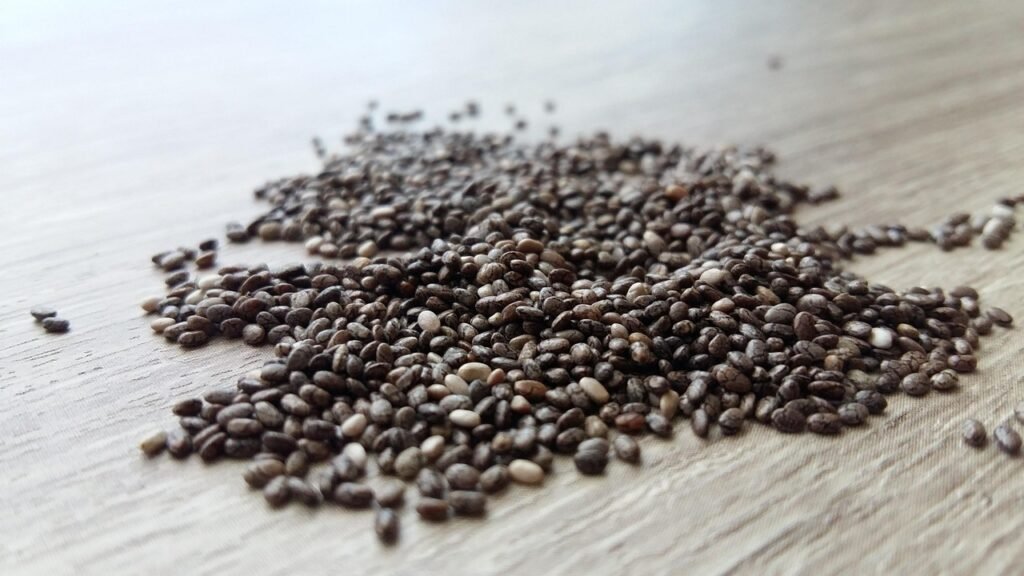
Fiber per 2 tbsp: 10g
Why It Helps:
Chia seeds are fiber bombs — mostly soluble fiber — and form a gel in your gut that soothes inflammation and feeds good bacteria. Their mucilage (gel coat) helps with constipation and gentle detox.
These tiny seeds are among the highest dietary fiber foods thanks to their gel-forming soluble fiber that promotes smooth digestion.
How to Use: Soak in water overnight for chia pudding or stir into smoothies.
2. Lentils
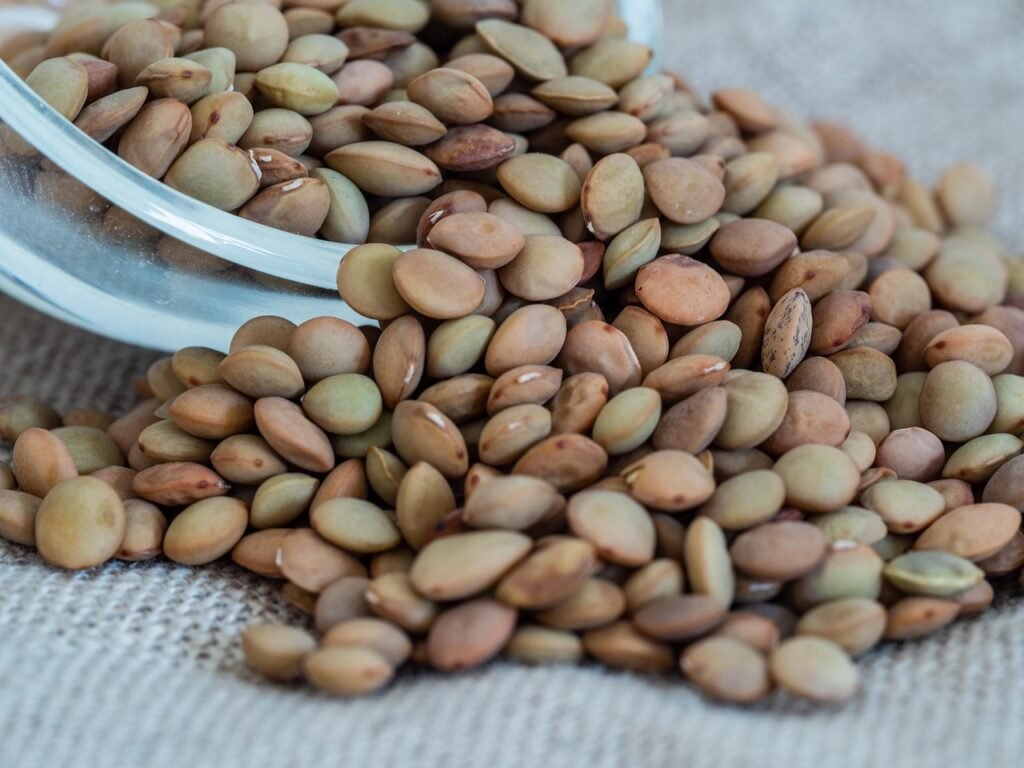
Fiber per 1 cup (cooked): 15g
Why It Helps:
Packed with both fiber types, lentils promote peristalsis (intestinal movement) and are rich in iron and polyphenols. Their resistant starch boosts short-chain fatty acids, which reduce gut inflammation.
Lentils are not just a plant-based protein powerhouse—they’re also one of the highest dietary fiber foods that help rebalance the gut.
Tip: Add to soups, salads, or make a hearty lentil stew.
3. Avocados

Fiber per 1 avocado: 10g
Why It Helps:
Creamy and high in insoluble fiber, avocados also contain magnesium and healthy fats that help the digestive muscles work better.
If you’re looking for creamy, satisfying options, avocados are among the highest dietary fiber foods for soothing digestion.
How to Use: On toast, in smoothies, or diced into grain bowls.
4. Psyllium Husk
Fiber per 1 tbsp: 6–7g
Why It Helps:
A pure soluble fiber source often used in natural laxatives. It forms a thick gel that regulates bowel movements, softens stools, and supports microbiome balance.
Caution: Must be consumed with plenty of water.
Use: Mix into water, juice, or oatmeal.
5. Artichokes
Fiber per 1 medium artichoke (boiled): 10g
Why It Helps:
High in inulin, a prebiotic fiber that promotes the growth of Bifidobacteria. Artichokes stimulate bile flow, helping fat digestion and easing bloating.
Tip: Grill or steam with lemon, olive oil, and herbs.
6. Flaxseeds
Fiber per 2 tbsp: 7g
Why It Helps:
Flaxseeds are rich in lignans, omega-3s, and soluble fiber. They support healthy transit time and have mild laxative effects.
Use: Grind and sprinkle into oatmeal, yogurt, or smoothies.
7. Raspberries
Fiber per 1 cup: 8g
Why It Helps:
These berries are fiber-dense and rich in gut-loving antioxidants. Their combo of water, vitamin C, and fiber helps ease constipation and inflammation.
Eat Fresh: Top on granola or blend into a fiber-rich smoothie.
8. Brussels Sprouts
Fiber per 1 cup (cooked): 6g
Why It Helps:
Contains glucosinolates and fiber that supports liver detox and colon health.
These cruciferous veggies are surprisingly one of the highest dietary fiber foods, packed with prebiotics that boost colon health.
Tip: Roast with olive oil for caramelized, crunchy goodness.
9. Quinoa
Fiber per 1 cup (cooked): 5g
Why It Helps:
A complete protein and gluten-free grain alternative, quinoa helps regulate digestion without causing bloating.
Serve as: A base for bowls, in salads, or stir-fries.
10. Oats
Fiber per 1 cup (cooked): 4g
Why It Helps:
Rich in beta-glucan, a soluble fiber that regulates digestion, lowers cholesterol, and feeds beneficial gut bacteria.
Use: Overnight oats, porridge, or fiber-packed baked goods.
🧾 Quick Comparison: Top High-Fiber Foods at a Glance
| Food | Fiber Per Serving | Type of Fiber | Gut Benefit |
|---|---|---|---|
| Chia Seeds | 10g (2 tbsp) | Mostly Soluble | Gel-forming, prebiotic |
| Lentils | 15g (1 cup cooked) | Soluble & Insoluble | Gut motility, SCFA production |
| Avocados | 10g (1 avocado) | Mostly Insoluble | Soothes gut lining |
| Psyllium Husk | 6–7g (1 tbsp) | Soluble | Regulates bowel movements |
| Artichokes | 10g (1 boiled) | Inulin (Prebiotic) | Stimulates bile, feeds Bifidobacteria |
| Flaxseeds | 7g (2 tbsp) | Soluble & Insoluble | Laxative effect, supports transit |
| Raspberries | 8g (1 cup) | Mixed | Antioxidant-rich, anti-inflammatory |
| Brussels Sprouts | 6g (1 cup cooked) | Insoluble & Prebiotic | Detox, colon health |
| Quinoa | 5g (1 cup cooked) | Mixed | Gluten-free digestion support |
| Oats | 4g (1 cup cooked) | Beta-glucan | Balances microbiota, lowers cholesterol |
Real-Life Insights: How Fiber Changed My Digestion
Before I started taking fiber seriously, I thought being “regular” just meant not being constipated. But I still felt bloated after meals, craved sugar constantly, and had energy crashes by midday.
Once I started focusing on the highest dietary fiber foods, my digestion, energy, and overall gut comfort improved in just over a week:
- Bloating disappeared after adding chia and flax to my smoothies.
- More energy in the afternoons since oats and quinoa stabilized my blood sugar.
- No more constipation thanks to the lentils, sprouts, and psyllium routine.
It wasn’t overnight magic — but within 10 days, my gut felt noticeably different.
Fiber Missteps: What to Avoid When Boosting Fiber Intake
As you increase fiber, go slow. Here’s what to watch for:
- Don’t overload too fast: A sudden spike can cause gas or cramps.
- Hydrate: Fiber needs water to do its job.
- Skip processed “fiber bars”: Many are loaded with sugar and additives.
- Watch for intolerances: Some may react to FODMAPs in lentils or sprouts.
Even when eating the highest dietary fiber foods, going too fast without hydration or balance can lead to discomfort.
Related articles
- Gut Dangers You Should Know Now
- 5 Gut-Related Triggers to Avoid
- How to fall asleep with easy
- Dinner mistakes to avoid
- Foods you must avoid today
- A Natural Gut Cleanse Guide
Final Thoughts:Let Food Be Your Gut’s Best Friend
The beauty of these highest dietary fiber foods is how naturally they support the body. No extreme detoxes. No artificial supplements. Just smart, real food choices that help your gut repair itself — gently and sustainably.
So next time you’re meal planning or grocery shopping, think fiber first. Your microbiome will thank you.
Ready to Feel the Difference in Your Gut?
Start small: Add one new option from the highest dietary fiber foods list each week and notice how your gut responds. Have questions or want personalized tips? Drop a comment below or sign up for our free Gut Health Starter Guide. Your path to better digestion starts with one fiber-rich bite.

